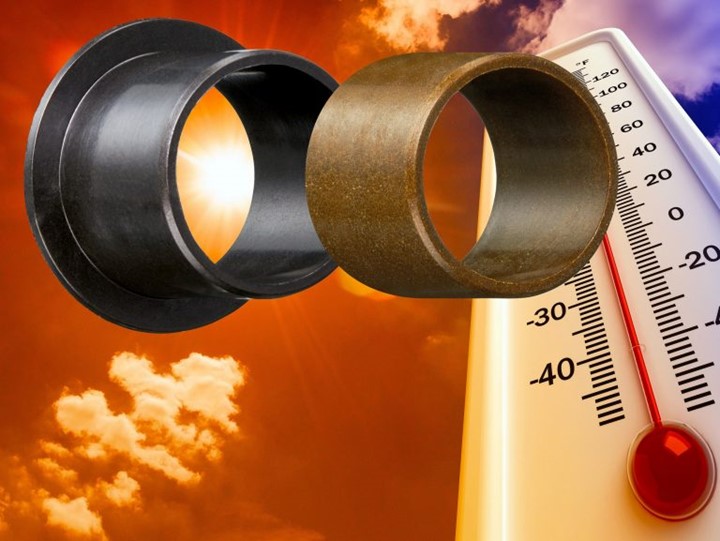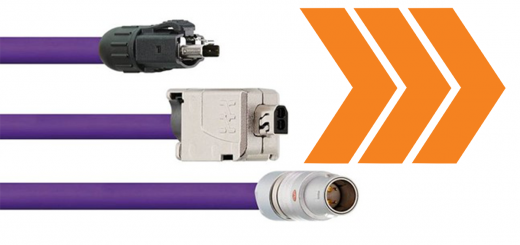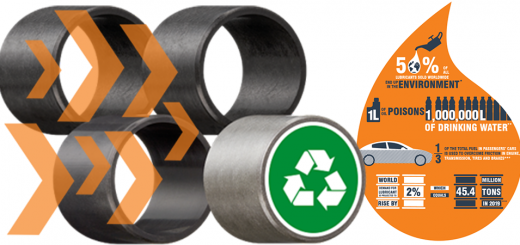How high temperatures affect plastic plain bearings
By Lars Butenschon
“What temperatures can they handle?” is certainly one of the most frequent questions I have been asked at trade fairs. (Remember trade fairs? With handshakes and everything?) Often the topic of temperature resistance is predominantly about “lasting”. In other words, the material’s mechanical resistance. Everyone knows that plastics become soft when certain temperatures are exceeded. And of course, that is bad for many plain bearing applications. In this post, I will explain why this is the case and why temperatures actually play a much more important role.

Effects of excessively high temperatures on plastics
For the time being, let’s stick to what we already know: If plastic is heated beyond a certain point, it loses its mechanical strength. Not all plastics behave the same way. Thermoplastics can be deformed under high temperatures and regain their strength after cooling. Thermosetting plastics lose their strength permanently. However, especially with thermoplastics, this deformation under high temperatures also leads to “tension loss”.
An example of the consequences of heat-related loss of tension in plain bearings is the loss of the press fit in the bearing point. Other deformations are also possible. The direct result of softening can be that the load to be supported causes the bearing to flatten. This damage pattern ranges from bearings protruding from the bearing point to completely pulverized bearings. This happens when unintended mechanical stresses occur after deformation, such as when the bearing partially moves out of the housing or tilts.
At what point are temperatures “too high” for plain bearings?
It’s whenever the temperatures recommended in the material data sheets are exceeded, right? In theory, yes. However, the data sheet information is usually an approximate figure applied under certain conditions. So, the situation is a bit more complicated.
Have you ever heard of the pv value? If you have, do you know how it works? If your answer to both of these questions is yes, you do not need to read this section. But a short summary may be helpful as a refresher. The pv value provides information about the suitability of a bearing for the respective application. It represents the velocity and surface pressure and provides information about the heat generated in the bearing per unit of time. If more heat is generated in the application than the bearing point material can dissipate, the bearing point will heat up.
Consider more than just ambient temperature
Concerns about temperature resistance often focus entirely on ambient bearing temperature.
Let’s use a simple example: a plain bearing for an oven door. In this case, it is correct to compare the ambient temperature with the temperature resistance. The pv value is quite low for an oven door (which is potentially opened at relatively low speed and frequency).
But what about a fast-running conveyor chain IN an oven? Or a bearing in a pump delivering hot liquids? Even if the liquid or ambient temperature is low compared to temperature resistance, there is a risk of a bearing “heat death” if the load and motion profile result in a pv value that is too high.
Choose the right plastic for your application
Most plain bearing application scenarios can be solved with the right plastic. Our experts in plain bearing technology will advise on the implementation of your plain bearing project from the beginning. Regardless of the quantity and without obligation, we will work with you to determine the most suitable plastic, support you in the design of the finished component, and manufacture the component for you using the most cost-effective manufacturing process. Contact us here or call us at 1-800-965-2496.



